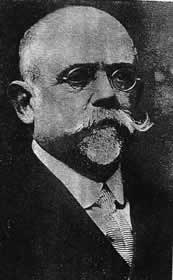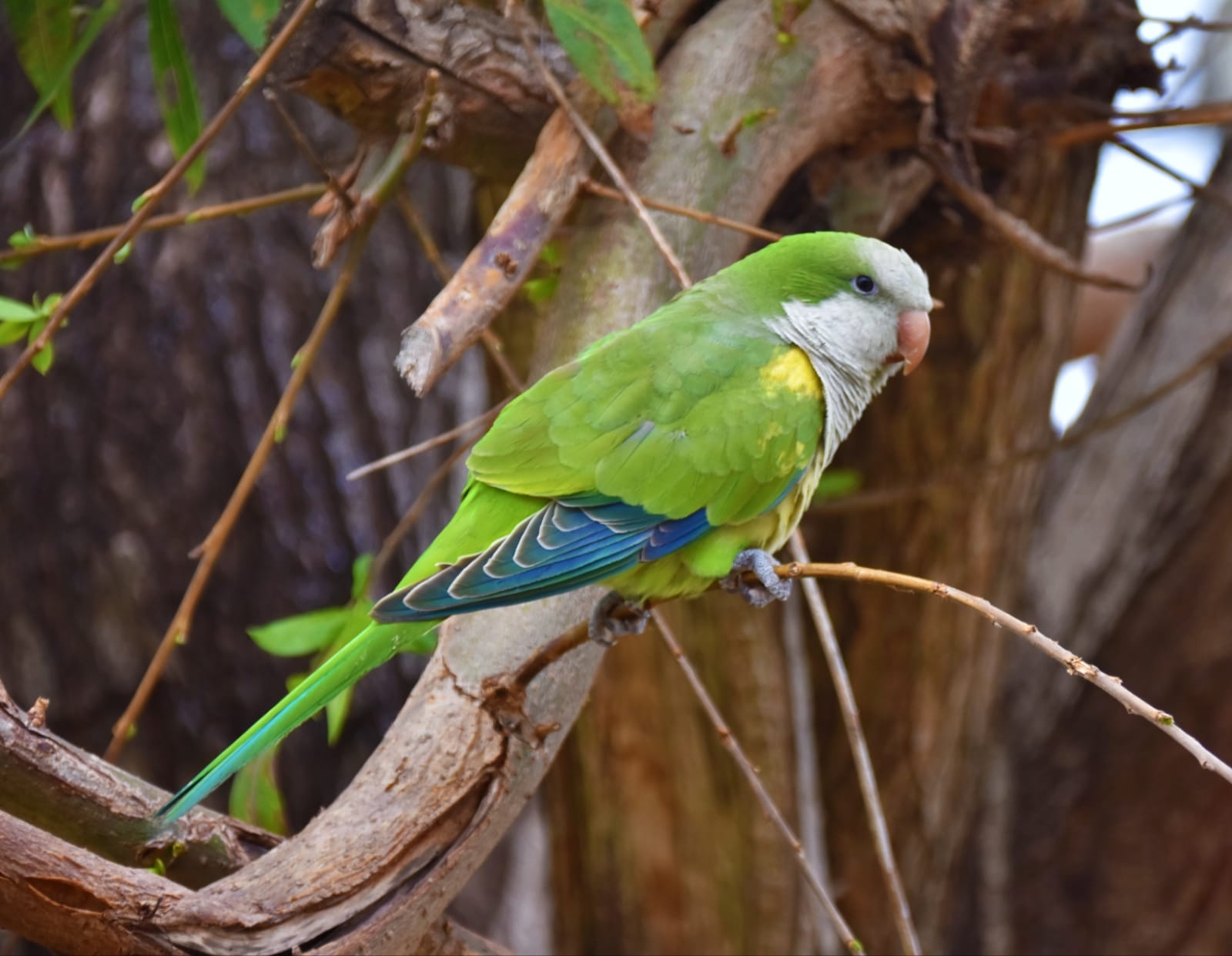|
Spot-winged Falconet
The spot-winged falconet (''Spiziapteryx circumcincta'') is a species of bird of prey in subfamily Falconinae of family Falconidae, the falcons and caracaras. It is found in Argentina, Bolivia, Paraguay, and possibly Uruguay.Remsen, J. V., Jr., J. I. Areta, E. Bonaccorso, S. Claramunt, A. Jaramillo, D. F. Lane, J. F. Pacheco, M. B. Robbins, F. G. Stiles, and K. J. Zimmer. 30 January 2023. Species Lists of Birds for South American Countries and Territories. https://www.museum.lsu.edu/~Remsen/SACCCountryLists.htm retrieved January 30, 2023 Taxonomy The spot-winged falconet is the only member of genus ''Spiziapteryx'' and has no subspecies. Though by size and shape it appears to be a typical falcon, genetic data place it closer to the caracaras.Remsen, J. V., Jr., J. I. Areta, E. Bonaccorso, S. Claramunt, A. Jaramillo, D. F. Lane, J. F. Pacheco, M. B. Robbins, F. G. Stiles, and K. J. Zimmer. Version 30 January 2023. A classification of the bird species of South America. America ... [...More Info...] [...Related Items...] OR: [Wikipedia] [Google] [Baidu] |
Córdoba Province, Argentina
Córdoba () is a Provinces of Argentina, province of Argentina, located in the center of the country. Its neighboring provinces are (clockwise from the north) Santiago del Estero Province, Santiago del Estero, Santa Fe Province, Santa Fe, Buenos Aires Province, Buenos Aires, La Pampa Province, La Pampa, San Luis Province, San Luis, La Rioja Province, Argentina, La Rioja, and Catamarca Province, Catamarca. Together with Santa Fe and Entre Ríos Province, Entre Ríos, the province is part of the economic and political association known as the Center Region (Argentina), Center Region. Córdoba is the second-most populous Argentine province, with 3,978,984 inhabitants, and the fifth by size, at about . Almost 41% of its inhabitants reside in the capital city, Córdoba, Argentina, Córdoba, and its surroundings, making it the second most populous Metropolitan area, metro area in Argentina. History Before the Spanish colonization of the Americas, Spanish conquista the region now calle ... [...More Info...] [...Related Items...] OR: [Wikipedia] [Google] [Baidu] |
Río Negro Province
Río Negro (, ''Black River'') is a province of Argentina, located in northern Patagonia. Neighboring provinces are from the south clockwise Chubut, Neuquén, Mendoza, La Pampa and Buenos Aires. To the east lies the Atlantic Ocean. Its capital is Viedma near the Atlantic outlet of the province's namesake river in the eastern extreme. The largest city is in the Andean foothills Bariloche in the far west. Other important cities include General Roca and Cipolletti. History Ferdinand Magellan was the first European explorer to visit the coasts of the provinces in 1520. Italian priest Nicolás Mascardi founded the Jesuit mission ''Nuestra Señora de Nahuel Huapi'' in 1670 at the shore of the Nahuel Huapi Lake, at the feet of the Andes range. Originally part of the Argentine territory called Patagonia (in 1878 the ''Gobernación de la Patagonia''), in 1884 it was organised into the ''Territorio Nacional del Río Negro'' and General Lorenzo Vintter was appointed as the ... [...More Info...] [...Related Items...] OR: [Wikipedia] [Google] [Baidu] |
National Museums Liverpool
National Museums Liverpool, formerly National Museums and Galleries on Merseyside, comprises several museums and art galleries in and around Liverpool in Merseyside, England. All the museums and galleries in the group have free admission. The museum is a non-departmental public body sponsored by the Department for Culture, Media and Sport (DCMS) and an exempt charity under English law. Until 1974 the institutions were under the auspices of the former Liverpool Corporation. The reorganisation of English local government that year resulted in the newly created Merseyside Metropolitan County Council assuming custodianship by mutual agreement with the city authority. In 1978 the Charity Commission transferred to the County Council the trusteeship of the then privately operated Lady Lever Art Gallery and its collection. The Conservative government of Margaret Thatcher subsequently resolved to abolish the Metropolitan Counties and reassign many of their assets to the lower tier City an ... [...More Info...] [...Related Items...] OR: [Wikipedia] [Google] [Baidu] |
Type (biology)
In biology, a type is a particular specimen (or in some cases a group of specimens) of an organism to which the scientific name of that organism is formally associated. In other words, a type is an example that serves to anchor or centralizes the defining features of that particular taxon. In older usage (pre-1900 in botany), a type was a taxon rather than a specimen. A taxon is a scientifically named grouping of organisms with other like organisms, a set that includes some organisms and excludes others, based on a detailed published description (for example a species description) and on the provision of type material, which is usually available to scientists for examination in a major museum research collection, or similar institution. Type specimen According to a precise set of rules laid down in the International Code of Zoological Nomenclature (ICZN) and the ''International Code of Nomenclature for algae, fungi, and plants'' (ICN), the scientific name of every taxon is ... [...More Info...] [...Related Items...] OR: [Wikipedia] [Google] [Baidu] |
Taxonomy Articles Created By Polbot
280px, Generalized scheme of taxonomy Taxonomy is a practice and science concerned with classification or categorization. Typically, there are two parts to it: the development of an underlying scheme of classes (a taxonomy) and the allocation of things to the classes (classification). Originally, taxonomy referred only to the classification of organisms on the basis of shared characteristics. Today it also has a more general sense. It may refer to the classification of things or concepts, as well as to the principles underlying such work. Thus a taxonomy can be used to organize species, documents, videos or anything else. A taxonomy organizes taxonomic units known as "taxa" (singular "taxon"). Many are hierarchies. One function of a taxonomy is to help users more easily find what they are searching for. This may be effected in ways that include a library classification system and a search engine taxonomy. Etymology The word was coined in 1813 by the Swiss botanist A ... [...More Info...] [...Related Items...] OR: [Wikipedia] [Google] [Baidu] |
Birds Described In 1852
Birds are a group of warm-blooded vertebrates constituting the class (biology), class Aves (), characterised by feathers, toothless beaked jaws, the Oviparity, laying of Eggshell, hard-shelled eggs, a high Metabolism, metabolic rate, a four-chambered heart, and a strong yet lightweight Bird skeleton, skeleton. Birds live worldwide and range in size from the bee hummingbird to the common ostrich. There are over 11,000 living species and they are split into 44 Order (biology), orders. More than half are passerine or "perching" birds. Birds have Bird wing, wings whose development varies according to species; the only known groups without wings are the extinct moa and elephant birds. Wings, which are modified forelimbs, gave birds the ability to fly, although further evolution has led to the Flightless bird, loss of flight in some birds, including ratites, penguins, and diverse endemism, endemic island species. The digestive and respiratory systems of birds are also uniquely a ... [...More Info...] [...Related Items...] OR: [Wikipedia] [Google] [Baidu] |
Birds Of Uruguay
Birds are a group of warm-blooded vertebrates constituting the class Aves (), characterised by feathers, toothless beaked jaws, the laying of hard-shelled eggs, a high metabolic rate, a four-chambered heart, and a strong yet lightweight skeleton. Birds live worldwide and range in size from the bee hummingbird to the common ostrich. There are over 11,000 living species and they are split into 44 orders. More than half are passerine or "perching" birds. Birds have wings whose development varies according to species; the only known groups without wings are the extinct moa and elephant birds. Wings, which are modified forelimbs, gave birds the ability to fly, although further evolution has led to the loss of flight in some birds, including ratites, penguins, and diverse endemic island species. The digestive and respiratory systems of birds are also uniquely adapted for flight. Some bird species of aquatic environments, particularly seabirds and some waterbirds, have furth ... [...More Info...] [...Related Items...] OR: [Wikipedia] [Google] [Baidu] |
IUCN
The International Union for Conservation of Nature (IUCN) is an international organization working in the field of nature conservation and sustainable use of natural resources. Founded in 1948, IUCN has become the global authority on the status of the natural world and the measures needed to safeguard it. It is involved in data gathering and Data analysis, analysis, research, field projects, advocacy, and education. IUCN's mission is to "influence, encourage and assist societies throughout the world to conserve nature and to ensure that any use of natural resources is equitable and ecologically sustainable". Over the past decades, IUCN has widened its focus beyond conservation ecology and now incorporates issues related to sustainable development in its projects. IUCN does not itself aim to mobilize the public in support of nature conservation. It tries to influence the actions of governments, business and other stakeholders by providing information and advice and through buildin ... [...More Info...] [...Related Items...] OR: [Wikipedia] [Google] [Baidu] |
Cacholote
The cacholotes are four species of relatively large, heavy-billed furnariids in the genus ''Pseudoseisura''. They are found in shrubby habitats in the South American countries of Brazil, Bolivia, Argentina, Paraguay and Uruguay. They are essentially brown (ranging from deep rufous to pale gray-brown depending on species), and all are crested to some extent. Taxonomy The genus ''Pseudoseisura'' was introduced in 1853 by the German naturalist Ludwig Reichenbach to accommodate the white-throated cacholote. The name combines the Ancient Greek ''pseudos'' meaning "false" and ''seisoura'', a bird mentioned by the Greek lexicologist Hesychius of Alexandria and believed to be a wagtail ''Motacilla''. Species The genus contains four extant species: The allopatric Caatinga and gray-crested cacholotes were formerly considered conspecific under the name rufous cacholote (''Pseudoseisura cristata''). Fossil species: *†'' Pseudoseisura cursor'' (Pleistocene The Pleistocene ( ; r ... [...More Info...] [...Related Items...] OR: [Wikipedia] [Google] [Baidu] |
Monk Parakeet
The monk parakeet (''Myiopsitta monachus''), also known as the monk parrot or Quaker parrot, is a species of true parrot in the family Psittacidae. It is a small, bright-green parrot with a greyish breast and greenish-yellow abdomen. Its average lifespan is approximately 15 years. It originates from the temperate to subtropical areas of South America. Self-sustaining feral populations occur in many places, mainly in areas of similar climate in North America and Europe. Taxonomy The monk parakeet was described by French polymath Georges-Louis Leclerc, Comte de Buffon, in 1780 in his ''Histoire Naturelle des Oiseaux''. The bird was also illustrated in a hand-coloured plate engraved by François-Nicolas Martinet in the ''Planches Enluminées D'Histoire Naturelle'', which was produced under the supervision of Edme-Louis Daubenton to accompany Buffon's text. Neither the plate caption nor Buffon's description included a scientific name, but in 1783, Dutch naturalist Pieter Boddae ... [...More Info...] [...Related Items...] OR: [Wikipedia] [Google] [Baidu] |







